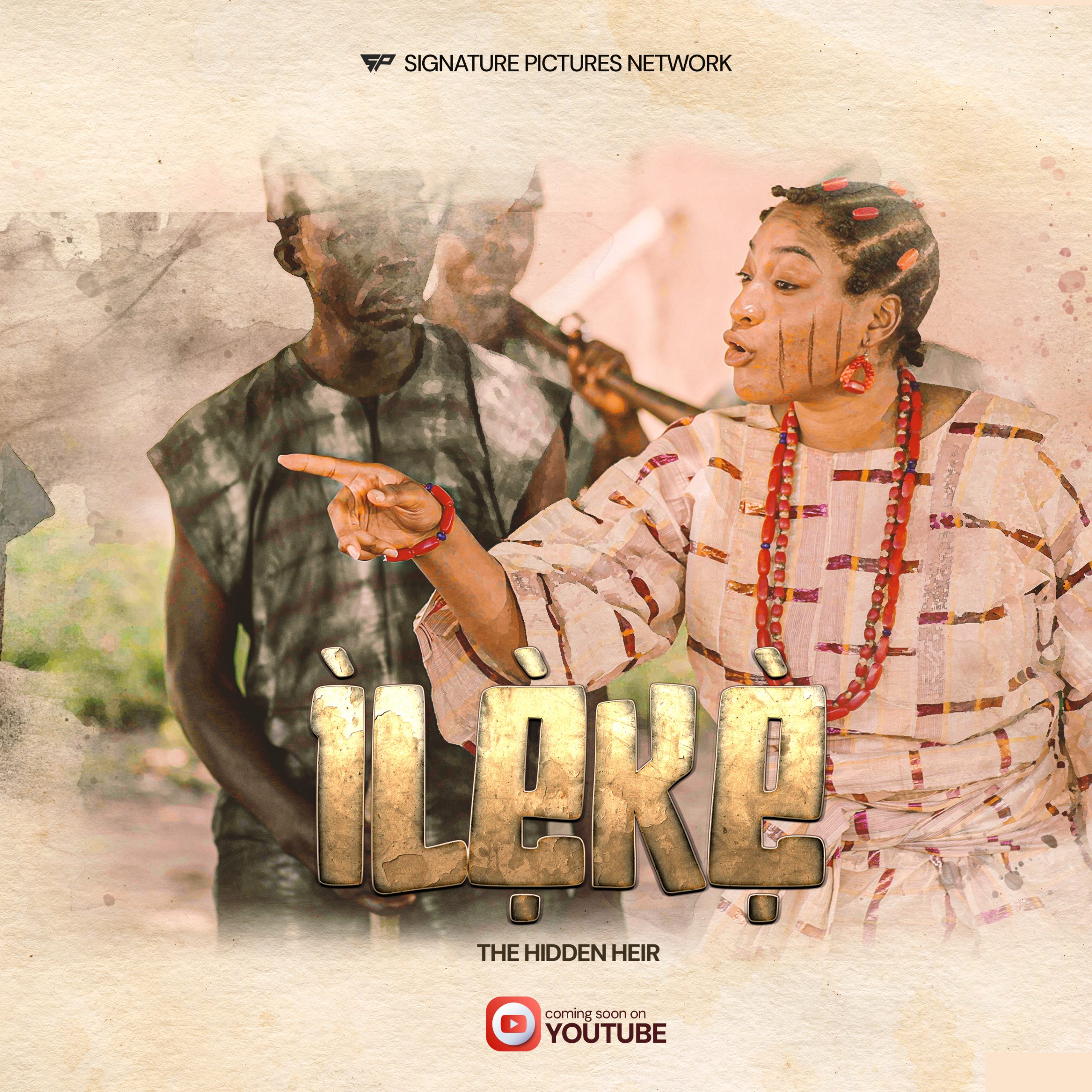Ileke, the traditional beads deeply rooted in African culture, particularly among the Yoruba people, has transcended its regional origins to captivate global audiences. More than just adornments, ileke embodies cultural heritage, spirituality, and self-expression. This blog explores how ileke has gained international recognition, its significance in a global context, and the cultural exchange it fosters across continents.
The Origins of Ileke
To understand ileke’s global impact, it is essential to explore its origins. Ileke, meaning beads in Yoruba, has been an integral part of African traditions for centuries. These beads were crafted from materials like glass, cowrie shells, gemstones, and metals, each carrying specific cultural, spiritual, and social meanings.
Traditional Uses
In Yoruba culture, ileke served multiple purposes:
- Spiritual Tools: Used in rituals to connect with orishas (deities) and ancestors.
- Status Symbols: Denoting social rank, wealth, and achievements.
- Personal Adornments: Celebrating individuality and femininity.
- Rites of Passage: Marking life stages such as birth, marriage, and initiation.
These traditions laid the foundation for ileke’s cultural significance, which continues to resonate even as it evolves on a global scale.
Ileke’s Journey to Global Audiences
The globalization of ileke can be attributed to several factors, including the African diaspora, cultural exchange, and the increasing appreciation for indigenous art forms.
The African Diaspora
The transatlantic slave trade forcibly dispersed millions of Africans across the Americas, Europe, and the Caribbean. Despite this displacement, the diaspora preserved many cultural traditions, including the use of beads. Ileke became a symbol of resilience and a way for African descendants to maintain a connection to their heritage.
Cultural Exchange and Globalization
In today’s interconnected world, cultural exchange has amplified ileke’s visibility. Festivals, art exhibitions, and global media have showcased African traditions, introducing ileke to diverse audiences. Additionally, social media platforms have played a significant role in promoting the beauty and significance of ileke to people worldwide.
Fashion and Art
Ileke has found a prominent place in global fashion and art. Designers incorporate traditional beadwork into modern clothing, jewelry, and accessories, blending cultural heritage with contemporary aesthetics. Artisans and artists create stunning beadwork pieces that celebrate African culture while appealing to international tastes.
Ileke’s Symbolism in a Global Context
As ileke reaches global audiences, its symbolism adapts to resonate with people from various cultural backgrounds while retaining its core meanings.
Cultural Pride and Identity
For people of African descent, wearing ileke is a way to honor their roots and celebrate their identity. It serves as a visual reminder of their heritage and a statement of cultural pride.
Spiritual Connections
The spiritual dimension of ileke has universal appeal. Many people are drawn to the beads’ symbolic meanings—protection, healing, love, and abundance—making them popular tools in holistic and spiritual practices worldwide.
Empowerment and Self-Expression
Ileke’s role as a symbol of empowerment and self-expression transcends cultural boundaries. Whether worn as waist beads, necklaces, or bracelets, ileke helps individuals connect with their bodies and express their unique identities.
The Craftsmanship Behind Ileke
One of the reasons ileke resonates with global audiences is the artistry and craftsmanship involved in its creation. Skilled artisans invest time and intention into each piece, blending traditional techniques with contemporary designs.
Traditional Crafting Methods
In Africa, crafting ileke is both an art and a spiritual practice. Artisans select materials based on their symbolic meanings and create patterns that tell stories or convey messages. These methods are passed down through generations, preserving the authenticity of the craft.
Modern Innovations
To appeal to global markets, many artisans have embraced modern innovations. They experiment with new materials, colors, and designs while staying true to the essence of ileke. This balance between tradition and innovation ensures that ileke remains relevant in a globalized world.
Ileke in Contemporary Fashion
Ileke has become a statement piece in the global fashion industry, reflecting a fusion of traditional African aesthetics and modern trends.
Runway Shows and High Fashion
Prominent fashion designers incorporate ileke-inspired designs into their collections, showcasing the beads on runways and in high-profile events. These creations highlight the versatility of ileke and its ability to complement both traditional and modern attire.
Everyday Wear
Ileke’s adaptability makes it a popular choice for everyday wear. Waist beads, in particular, have gained popularity among women worldwide as symbols of femininity, body positivity, and self-awareness.
Customization and Personalization
Global audiences appreciate the personalized aspect of ileke. Custom designs allow wearers to choose beads that reflect their intentions, such as attracting love, manifesting abundance, or celebrating milestones.
Spiritual Practices and Ileke’s Global Appeal
The spiritual significance of ileke transcends cultural boundaries, resonating with people seeking deeper connections to themselves and the universe.
Holistic and Healing Practices
In holistic practices, ileke is often used for chakra alignment, meditation, and energy work. The beads’ colors and materials are believed to enhance specific energies, making them valuable tools for healing and self-discovery.
Symbolism in Global Spirituality
The universal themes of protection, transformation, and abundance associated with ileke align with spiritual beliefs across cultures. This universal appeal has contributed to its growing popularity in spiritual communities worldwide.
Ileke’s Role in Cultural Preservation
As ileke gains global recognition, it also plays a crucial role in preserving and promoting African culture.
Educating Global Audiences
By sharing the history and significance of ileke, African artisans and cultural ambassadors educate global audiences about the richness of their traditions. This awareness fosters appreciation and respect for African heritage.
Empowering Artisans and Communities
The global demand for ileke has created economic opportunities for artisans and communities. By supporting traditional beadmaking, international buyers contribute to the preservation of this art form and empower the people who sustain it.
Challenges and Ethical Considerations
While ileke’s global appeal is a testament to its beauty and significance, it also raises challenges and ethical considerations.
Cultural Appropriation
As ileke becomes a global trend, there is a risk of cultural appropriation. It is essential for non-African audiences to approach ileke with respect and understanding, honoring its cultural and spiritual roots.
Sustainable Practices
The increased demand for ileke highlights the need for sustainable practices in beadmaking. Ethical sourcing of materials and fair trade practices ensure that artisans benefit from their work without compromising environmental or cultural integrity.
The Future of Ileke in a Globalized World
As ileke continues to captivate global audiences, its future lies in balancing tradition with innovation. Here are some ways this balance can be achieved:
Cultural Exchange and Collaboration
Collaborations between African artisans and international designers can create new opportunities for cultural exchange. By blending traditional techniques with contemporary styles, these partnerships celebrate the universality of art and creativity.
Education and Advocacy
Promoting awareness about the cultural significance of ileke ensures that its global appeal does not dilute its meaning. Educational initiatives can help audiences understand and appreciate the depth of this tradition.
Empowering the Next Generation
Passing down the art of beadmaking to younger generations ensures the continuity of ileke’s legacy. By combining traditional knowledge with modern tools, young artisans can carry this heritage into the future.
Conclusion
Ileke’s journey from African traditions to global audiences is a testament to its timeless appeal and profound significance. As a symbol of identity, spirituality, and artistry, ileke bridges cultures and connects people across the world. By honoring its roots and embracing its evolution, we can ensure that this cherished tradition continues to inspire and empower for generations to come.
Whether you wear ileke to celebrate your heritage, express your individuality, or connect with its spiritual energy, remember that these beads carry stories and meanings that transcend borders. In their vibrant colors and intricate patterns lies the beauty of a shared human experience, making ileke a true global treasure.

